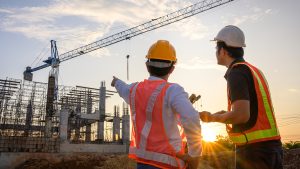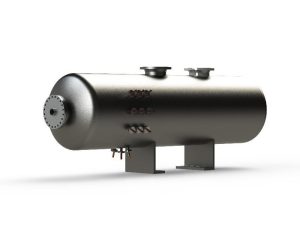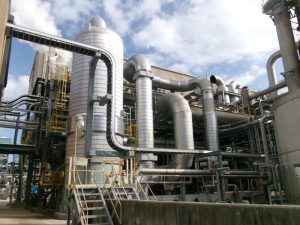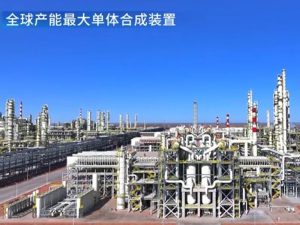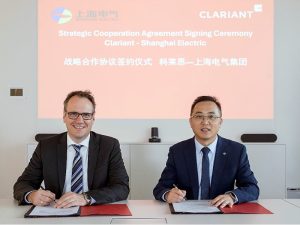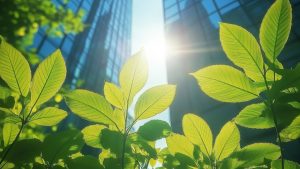
Green ammonia project proposal
The Namibian mining town of Arandis is reportedly in discussions with Cleanergy Solutions Namibia concerning a $2.85 billion investment to develop a large-scale green ammonia production site at Aran-dis, targeting production of 200,000 t/a of ammonia in the first phase based on abundant local solar energy. The Aran-dis Town Council approved the project in 2024 and is in the process of acquiring 2,400 hectares of land for the project, which is subject to the award of an Environmental Clearance Certificate, expected in the second quarter of 2026. The construction phase of the project will begin in 4Q 2026, with operations due to begin in 2030. Local infrastructure development will include pipelines and storage tanks for water, hydrogen and ammonia, as well as port, railway, road and power infrastructure, and may include handling and storage facilities. Cleanergy Solutions is a joint venture between Olthaver & List and Belgian company, CMB.TECH. It has operated a green hydrogen pilot project near Walvis Bay since 2024.


